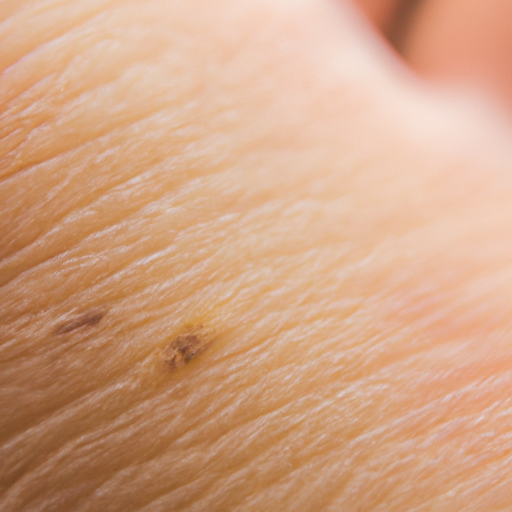As a dermatologist, I have witnessed the transformative power of facial fillers firsthand. They are not just a tool for erasing wrinkles or plumping lips, but a magic wand that can restore youthful radiance and confidence. This article aims to unmask the magic of facial fillers, providing a comprehensive guide to understanding their potential.
Facial fillers, also known as dermal fillers, are injectable substances used to add volume and smoothness to the face. They can address a variety of aging signs such as wrinkles, fine lines, and sagging skin, as well as enhance facial contours like cheeks and lips. The most common types of fillers are hyaluronic acid (HA), calcium hydroxylapatite (CaHA), poly-L-lactic acid, and polymethylmethacrylate (PMMA). Each type has its unique properties and uses, but all aim to rejuvenate the face and restore a youthful appearance.
Hyaluronic acid fillers are perhaps the most popular due to their versatility and natural results. HA is a substance naturally found in our skin that helps it retain moisture and stay plump. As we age, our skin’s HA levels decrease, leading to dryness, thinness, and wrinkles. HA fillers replenish these levels, restoring volume and hydration to the skin. They are ideal for smoothing out wrinkles and lines, plumping lips, and enhancing cheeks.
Calcium hydroxylapatite fillers, on the other hand, are thicker and last longer than HA fillers. They are excellent for deeper wrinkles and folds, as well as enhancing facial contours. Poly-L-lactic acid fillers stimulate collagen production, making them perfect for treating deep facial wrinkles and improving skin texture over time. PMMA fillers provide a permanent solution to severe wrinkles and folds.
Facial fillers are administered through injections under the skin. The procedure is quick, usually taking less than an hour, and requires minimal downtime. Most patients can return to their normal activities immediately after treatment. The results are immediate and can last from six months to over a year, depending on the type of filler used and the area treated.
Despite their benefits, facial fillers are not without risks. Some common side effects include swelling, redness, and bruising at the injection site. More serious complications, although rare, can include infection, allergic reactions, and lumps or irregularities in the skin. It’s crucial to choose a qualified and experienced dermatologist or plastic surgeon to perform the procedure to minimize these risks.
Facial fillers are not just for those seeking to turn back the clock on aging. They can also be used by younger individuals looking to enhance their natural features or correct asymmetries. They offer a non-surgical alternative to more invasive procedures, allowing patients to achieve their desired results with less risk and downtime.
In conclusion, facial fillers are a powerful tool in the fight against aging and the quest for youthful radiance. They offer a safe, effective, and minimally invasive solution to a variety of cosmetic concerns. However, like any medical procedure, they should be administered by a qualified professional to ensure safety and efficacy. So, if you’re considering facial fillers, do your research, consult with a trusted dermatologist, and prepare to unveil your refreshed and rejuvenated appearance.



